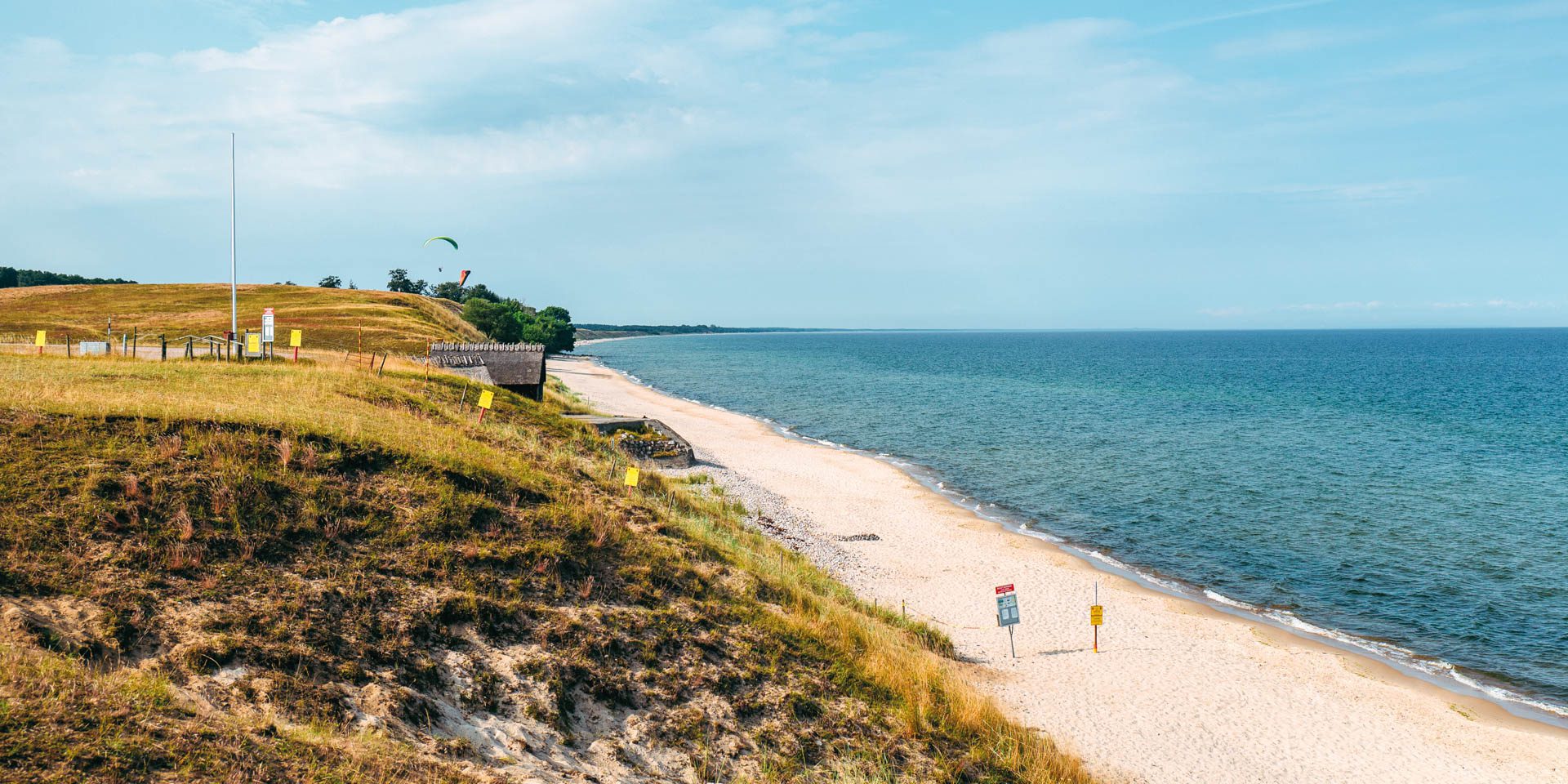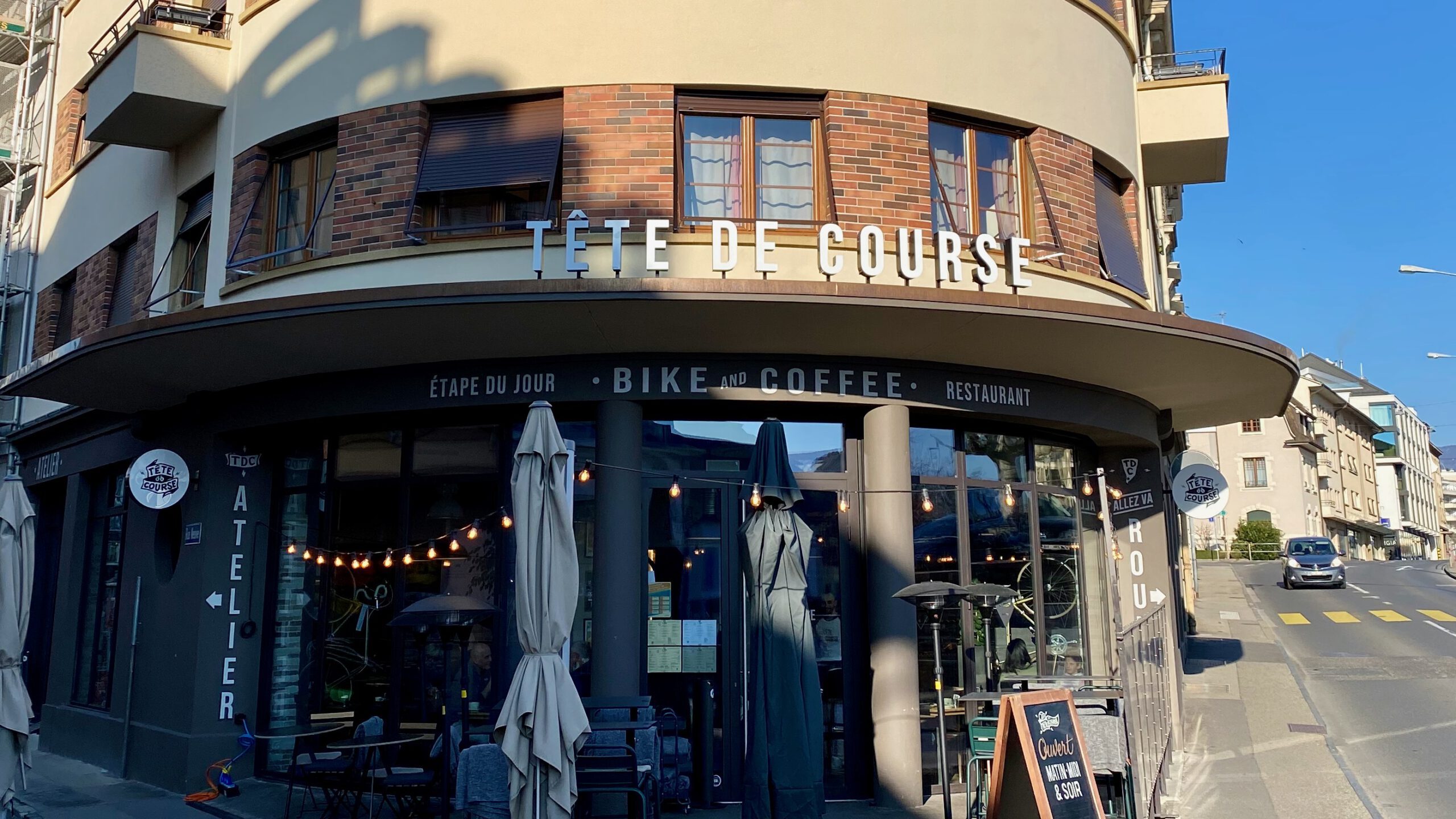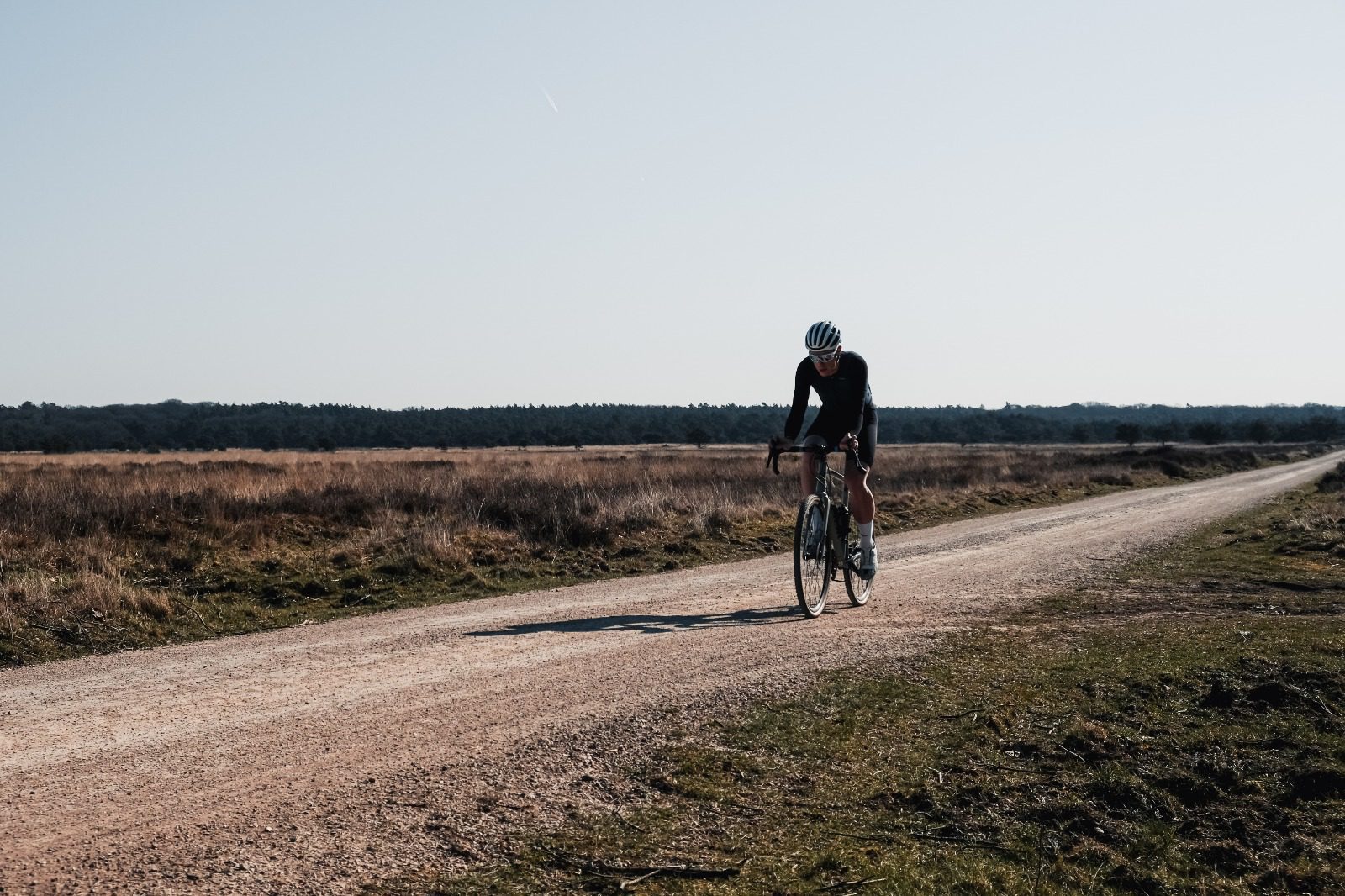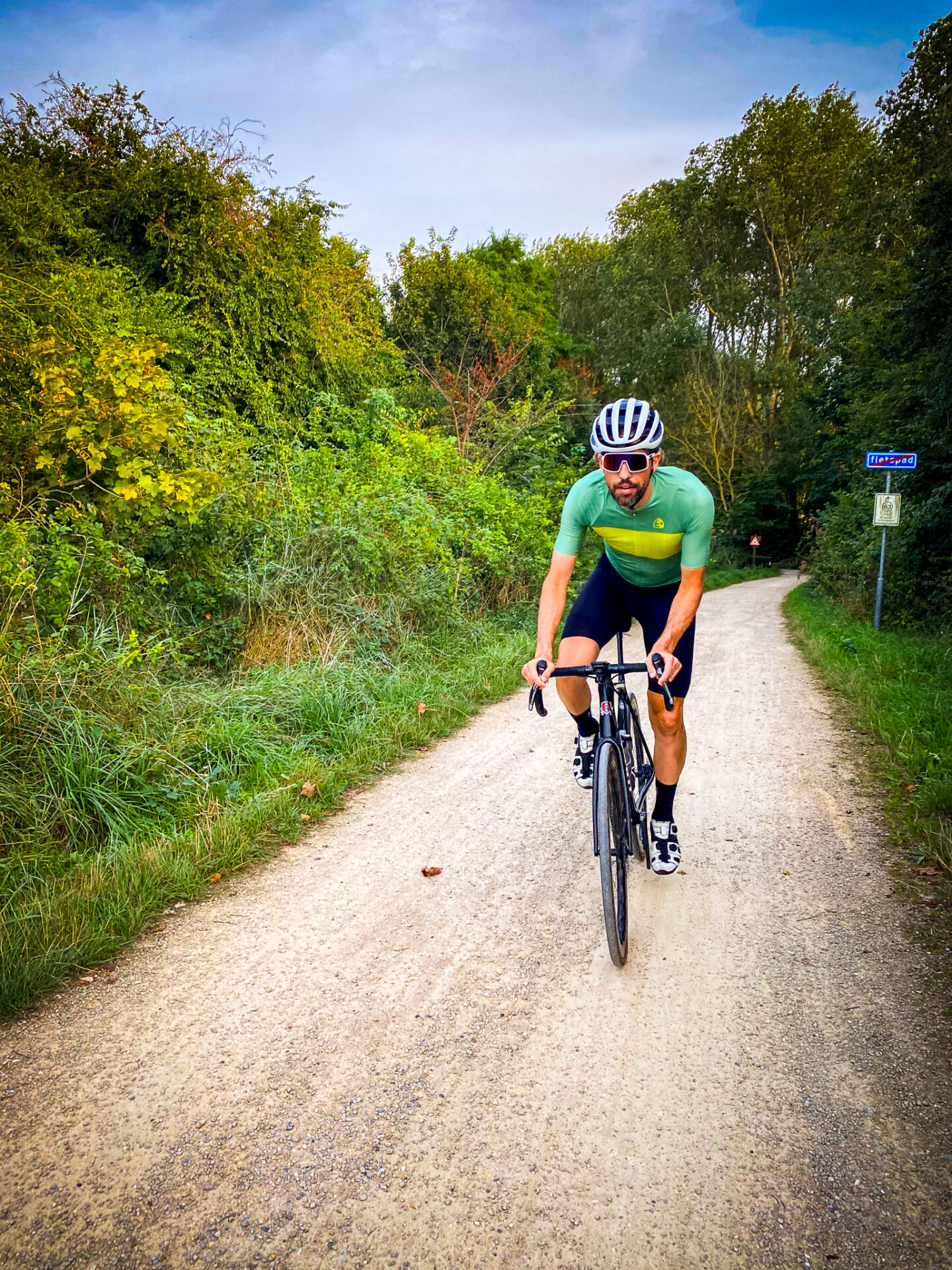On the one hand, we fear them; on the other, they keep calling to us: cobbled lanes. Whereas the French region of Nord-Pas de Calais (close to the Belgian border) is best known for its many farm lanes, that is not what we cyclists seek out this region for. We come for the iconic cobblestones of cobbled classic Paris-Roubaix, which takes place again in mid-April. Of course, the race is even more fun to follow when you have experienced for yourself the "hellish" feeling of cobblestones under your 28 mm tyres. Therefore, we have already picked out five lanes you should ride yourself this spring. Think of this as your checklist for a cycling weekend in Nord-Pas de Calais!
Photos by: Michiel Maas, Adobe, Ag2r, Sander Kolsloot
The cobbled sections of Paris-Roubaix; what to expect?
The magic of 'Paris-Roubaix' attracts many cycling tourists to this area every year. It is those cyclists who go crazy over 'Mons-en-Pévèle' or 'Carrefour de L'Arbre' want to drive. Or well, ride? It might be better to use the word 'bounce'. You know in advance that the long cobbled sections are 'hellish'. While bouncing, you will think about why you started this ride. But at the same time you will experience pleasure; what a madness, those stretches. And what tough guys, those pros riding this cobbled classic.
Tips for a cobbled ride? Lower your tyre pressure, hold the handlebars loosely and use your arms to cushion the blows. Perhaps most importantly: make sure you stay nice and fast. The faster you ride, the easier it will be.
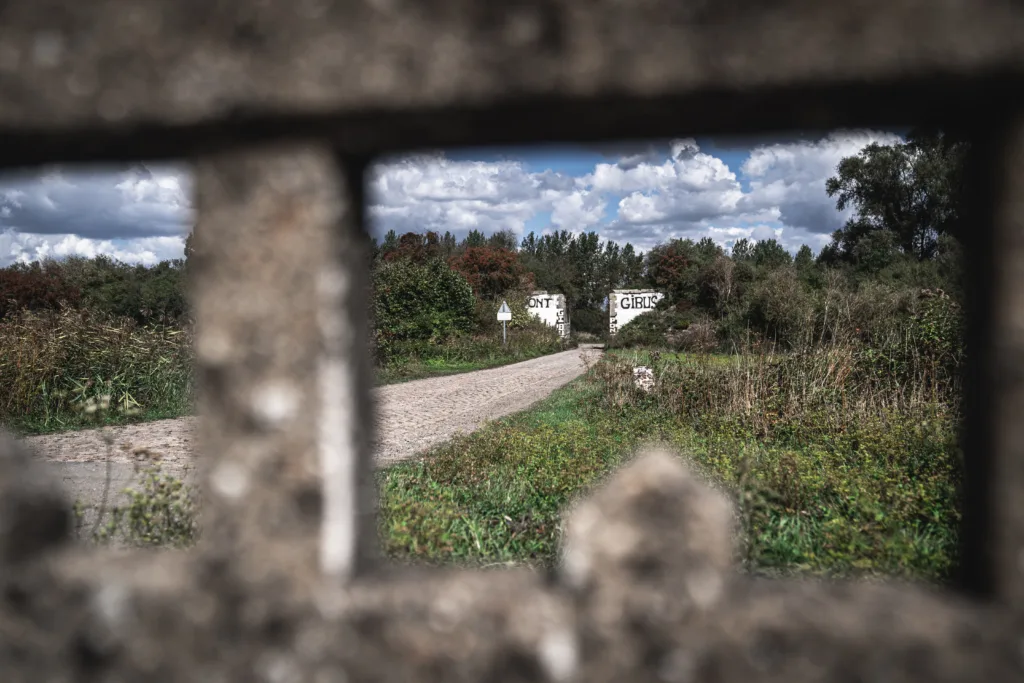
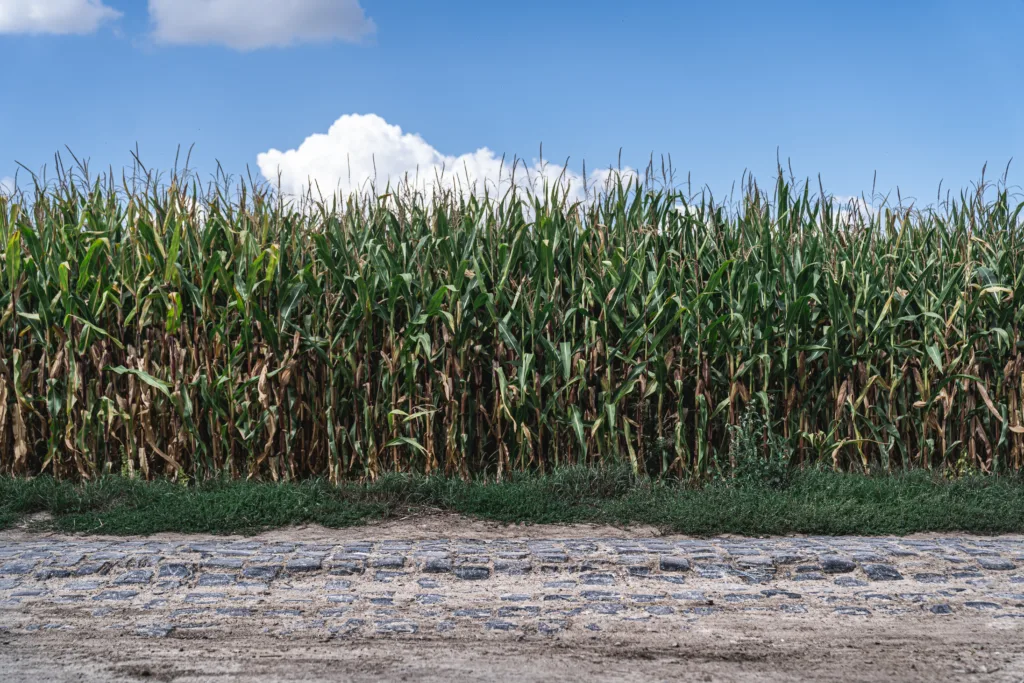
1. Forest of Wallers - Trouée D'Arenberg (5 stars)
This is perhaps the most famous cobbled section of Paris-Roubaix, and thus an absolute must-do for your ride in this area. This really is 2.4 kilometres of suffering, not for nothing is this strip also called the gateway to hell mentioned. The cobbles are coarse, uneven and loose. Added to this, there is a slight climb and descent in the stretch. Incidentally, this stretch is also known for many crashes during the race. The riders enter the forest after a slight descent, causing them to bang on the cobbles at high speed. Something that went wrong more often than not. During the last edition in 2024, a chicane had been added to the course to make the approach calmer. Something not all riders and teams were enthusiastic about. Therefore, the entire run-up will be modified in the 2025 edition, to curb the speed a bit.

2. Mons-en-Pévèle (5 stars)
With the location of this strip, about 45 kilometres from the finish, this is not necessarily a strip where the race will be decided. But with almost 3 kilometres of bad stones (again, this is one with a 5-star rating), this is indeed a strip where the first riders fall off. The strip starts false flat, bumps up and pushes the riders towards a crucial bend where steering and positioning make the difference. A wrong line, a moment of inattention... And the Paris-Roubaix dream can be over in a split second. That is how Johan Vansummeren was held up by a crash on the Mons-en-Pévèle in 2010. A year later - despite a flat tyre - he still took the biggest win of his career at Paris-Roubaix.
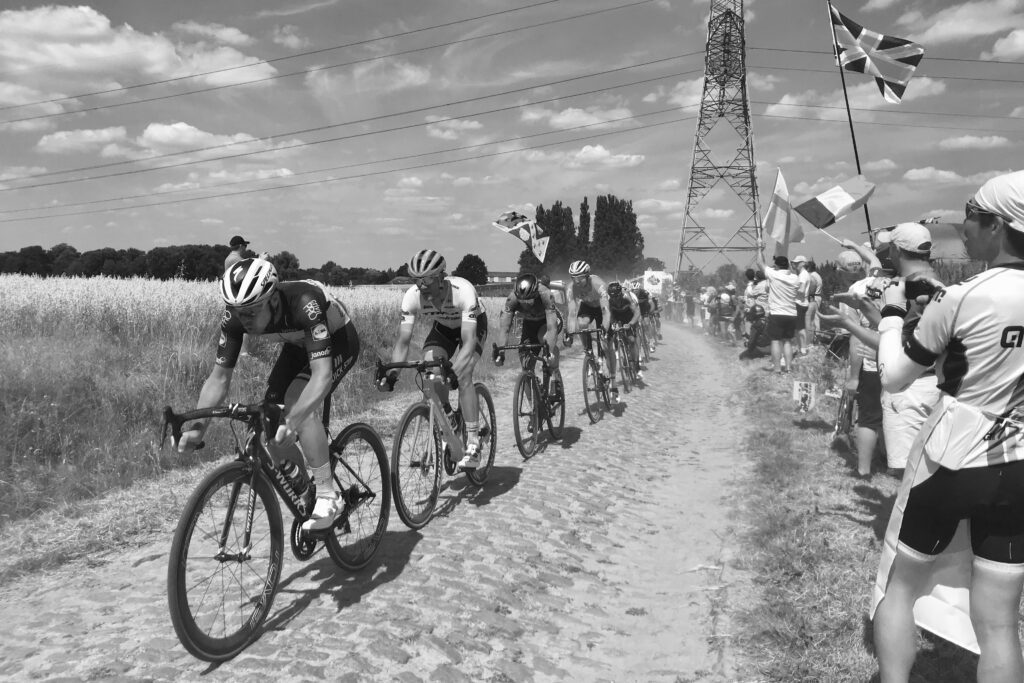
3. Camphin-en-Pévèle (4 stars)
A strip that fits well in the Hell of the North, as it is usually in bad shape. Whereas you can still find a (sort of) 'good line' on many cobbled sections, it is really crooked everywhere here. During the race, it is important that riders are in the front group on this strip. This is often where the difference is made. Either because riders go for the attack here, but also because this is where the occasional crash occurs, leaving many a rider behind. The riders also know: just one kilometre after the Camphin-en-Pévèle strip, the Carrefour de L'Arbre awaits. Important to take a good position here, then. If you want to cross this by yourself; good luck! There is no room for a bit through the grass or a bit of redemption from the permanent bounce. 1800 long metres, with a right-angle bend about halfway down. If you want to cycle the Camphin-en-Pévèle yourself after a rain shower, you really have to be careful here. It can be really slippery here.

4. Carrefour de l'Arbre (5 stars)
After the Forest of Wallers, the cobbled section of Carrefour de L'Arbre categorised with 5 stars by default. Almost directly after Camphin-en-Pévèle and at only 15 kilometres before the finish this is the moment for those riders who still have a 'cartouche' left. The strip is 2,100 metres long. Anyone who sees the strip with their own eyes thinks: 'I'm not going to cycle over this with my common sense, am I?' Exactly: common sense is better left at home. You don't do this for fun, but for the story afterwards. Because then you'll be watching the race later - with the memories of the bouncing and the pain still in the back of your mind - and somewhere you'll have a small bit experience what the riders are going through.
This is also the strip forever linked to two-time winner Marc Madiot. This infamous cobbled strip played a decisive role in both of his victories. It is also the strip of big names Backstedt, Boonen and Cancellara - who crashed here after three victories during his last edition, after which Mathew Hayman won. All in all; it is on this hellish cobbled section that perhaps the real stories are born. Year on year, this is where the difference is made.

5. Quiévy - Saint-Python (4 stars)
This is - as far as the course is concerned - not the most exciting, as this strip is already at the start of Paris-Roubaix. Still, it is a special one, especially for cycling yourself. At 3.7 kilometres, this strip is one of the longest cobbled sections in Paris-Roubaix, and that ensures that the peloton thins out considerably here. Those already in trouble here know it's going to be a long and tough day towards the Roubaix Vélodrome.

Taking on the 'Hell of the North' yourself?
Every year, several thousand cycling tourists flock to northern France to torment themselves on the cobbled sections of Paris to Roubaix. For those who want to, there is the opportunity to cycle (parts of) the classic yourself. Tip: the Paris Roubaix Challenge - with route options between 70, 140 or even 175 kilometres - is one for the books. In any case, we wish you success! And strength.
